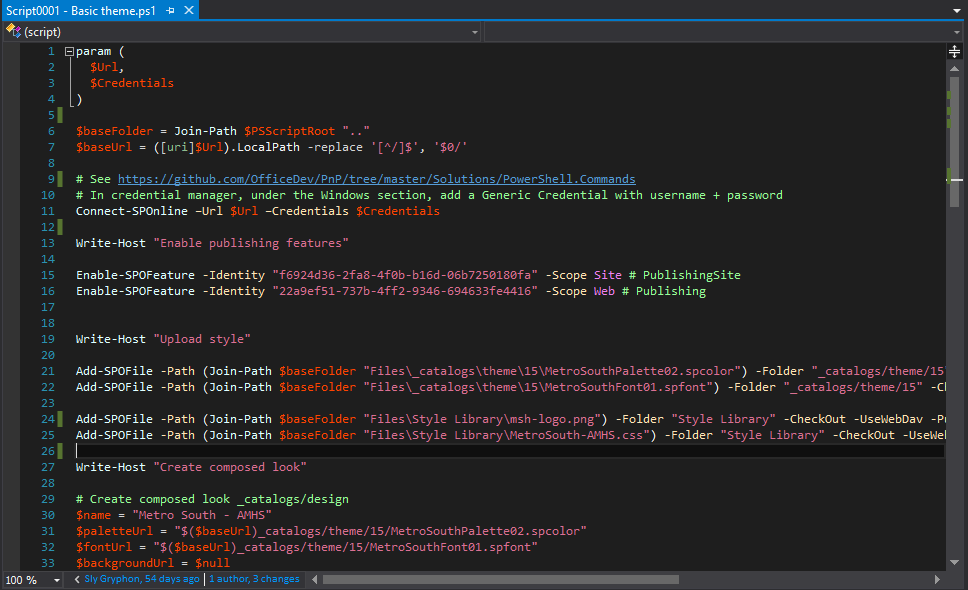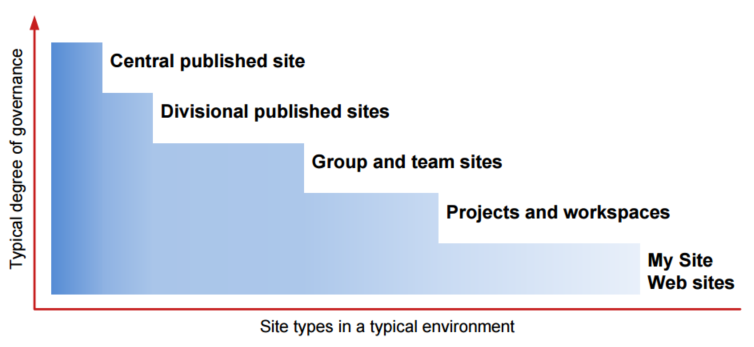Keynote (Arpan Shah)
Some of the slides were re-used from other presentations (e.g. Services Ready content), but a reasonable overview. One thing particularly interested was some statistics that were provided: 17,000 SharePoint customers, 4,000 SharePoint partners, and 500,000 SharePoint developers.
The developer stats seem a bit iffy, but the customers/partner information is interesting -- if you do the maths it works out at 4 customers per partner, which gives an idea of the level of competition in this space.
Manipulating the SharePoint 2010 Ribbon (Todd Bleeker)
Todd is a very enthusiastic presenter, and provided plenty of side tips and suggests that are obviously based on experience, e.g. "Start with an Empty SharePoint project rather than with a specific item, so that you can give the item a nice name when you add it", or "The first thing I do is move the key.snk into the Properties folder because I never touch it and want to clear the screen real estate".
The presentation had a good mix of slides and demos, and continued with the tips, e.g. "Deploy .js files into a library so you can apply security management -- such as making them accessible to anonymous users.". He then went on with issues how the blank site template doesn't have a Site Assets (or Site Pages) library, so you need to also ensure they exist.
Taking SharePoint offline with SharePoint Workspace
I don't know what I was expecting from this business track presentation, but it did deliver on some of the changes/improvements in SharePoint Workspace (previously Groove) and the limitations.
I think SharePoint workspaces are a good solution for the 'occassionally disconnected' worker, but you need to think how you organise your SharePoint to support it, e.g. having one site with a large document library (with folders, etc) doesn't synchronise well (you can't limit SPWS to only part of a list); you want to have individual collaboration sites per department, project, etc.
Developing with REST and LINQ in SharePoint 2010 (Todd Bleeker)
Another good presentation by Todd, which covered two extremes of accessing SharePoint data. Half the demo was on the JS Client Object Model, and the other half jumped right to the other end of the spectrum and show cases using LINQ on the server-side to access SharePoint data.
DataView web parts
This presentation was plagued by demo issues and suffered a bit. It was also oriented towards no-code solutions, so limited in scope. It did show how far you can get through only customising dataview webparts (XSLT, etc).
There was also a nod towards the new client-side object model and the potential for developing significant solutions without the need for any server code.
Building Line of Business Applications using ECM solutions
I found this presentation a bit bizarre. The presenters started off selling themselves and it initially felt like I was in a vendor session. Whilst other sessions may give away books, CDs, etc, these presenters decided to give away five dollar notes, which I found quite strange.
Another example of something that struck me as strange was presenting some statistics about the types of successful projects but drawing the wrong conclusion regarding how likely a project is to be successful based on its type (affirming the consequent fallacy -- "a lot of successful projects are type A" does not mean that "type A projects are likely to be successful" -- maybe there are simply more type A projects).
The bulk of the session was actually an okay case study about building a demo OH&S business process consisting of an Infopath form for incident reporting kicking off a workflow that then led to a case management workflow (where necessary). The case management workflow used the new document set functionality, where a special folder (call a document set) of items can be group together, applying metadata, workflows, records management, etc to the document set as a whole.
(As an aside, if you want to take advantage of SharePoint Workspaces then you need to think carefully about how you structure you documents -- do you really want all cases in a single document library.)


